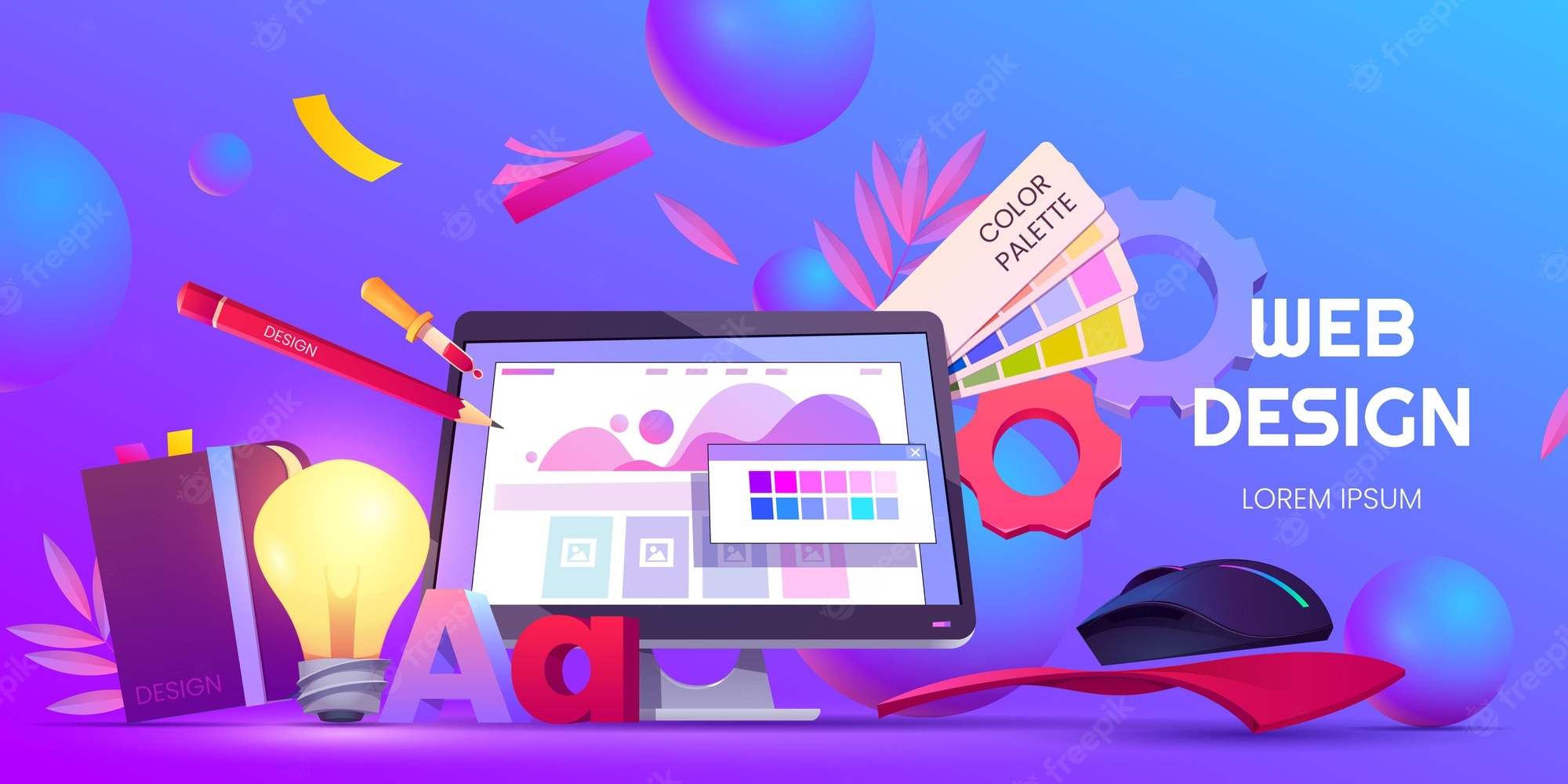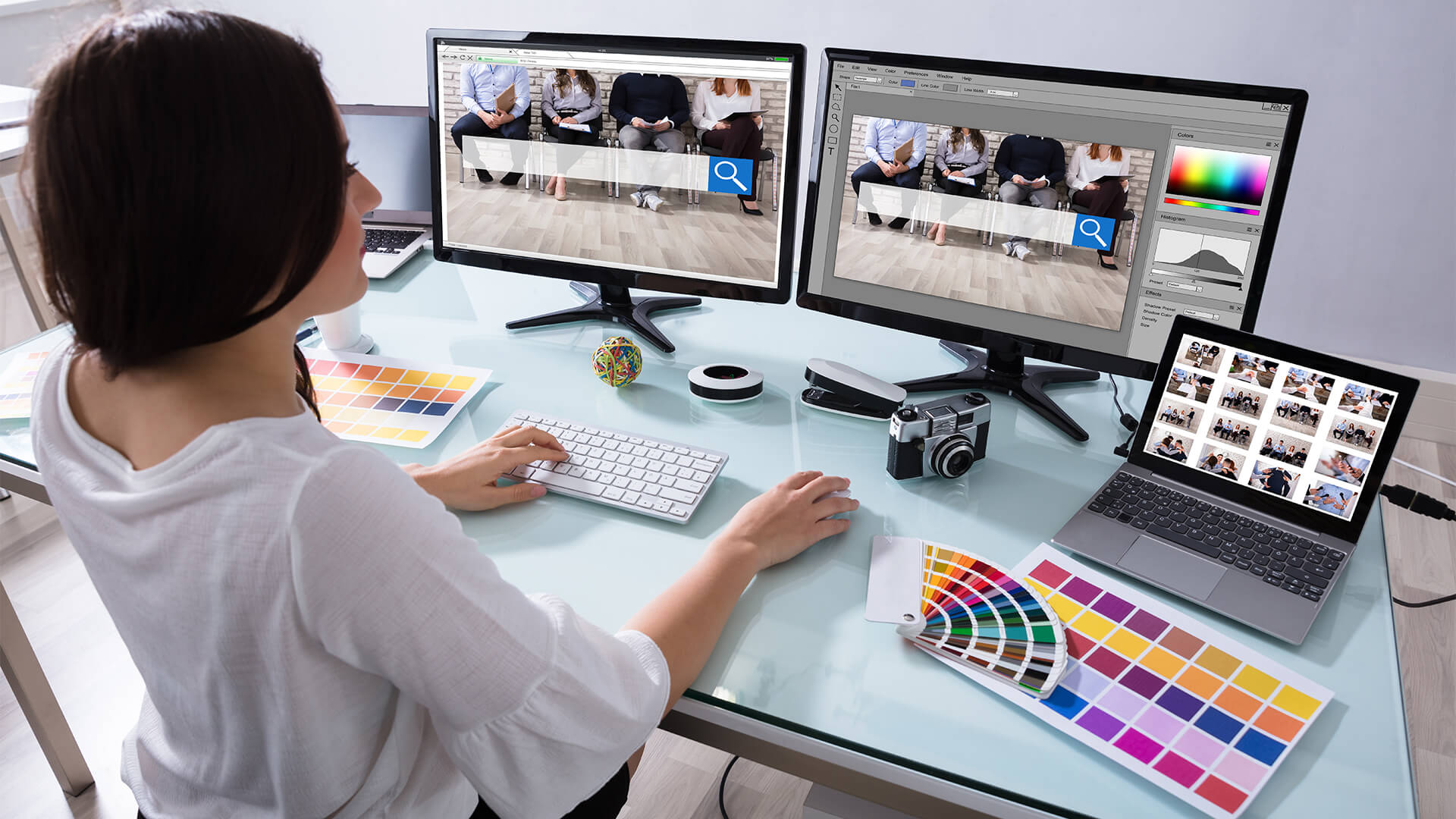Customized Aligned Position Web Design: Unique Web Designs That Reflect Your Brand’s Identity
Customized Aligned Position Web Design: Unique Web Designs That Reflect Your Brand’s Identity
Blog Article
The Ideal Sorts Of Website Design to Improve Customer Experience and Involvement
In the ever-evolving landscape of electronic communication, the efficiency of Web style considerably influences customer experience and involvement. Various layout strategies, such as minimalist, receptive, and interactive formats, each offer special benefits that can cater to diverse user demands.
Minimalist Web Style
As electronic landscapes come to be significantly messy, minimalist website design has arised as a powerful approach to boosting customer experience. This style viewpoint prioritizes simpleness, concentrating on necessary aspects while getting rid of unnecessary distractions. By utilizing ample white room, uncomplicated navigation, and a limited color combination, minimal design fosters clarity and guides customer focus to crucial content.
The core concept of minimalist website design is to create a smooth interaction for individuals. By decreasing cognitive lots, users can swiftly comprehend details without feeling bewildered. This straight technique not just improves functionality however likewise urges involvement, as visitors are more probable to explore a site that is visually appealing and simple to navigate.
In addition, minimal design frequently stresses typography and imagery, using these components strategically to convey messages efficiently. This concentrate on important elements can boost brand identity and create a memorable customer experience. In significance, minimal website design is not just a fad; it is a thoughtful methodology that recognizes the value of user-centered design. By removing nonessential aspects, designers can create a much more engaging, reliable, and satisfying Web experience for all users.
Responsive Web Design
In today's varied electronic setting, responsive Web design has become important for producing a smooth customer experience across a plethora of tools. As customers accessibility websites on mobile phones, tablets, laptop computers, and desktop computers, the capability of a website to adjust its design and web content to various display dimensions and resolutions is vital.
Responsive Web layout uses adaptable grids, images, and CSS media queries to make certain that Web content exists ideally, despite the device made use of. This method not just enhances the aesthetic charm of a website but likewise substantially improves use. Customers are most likely to involve with a website that uses a constant experience, as it removes the stress of having to focus or scroll exceedingly.
Additionally, internet search engine, consisting of Google, prioritize mobile-friendly internet sites in search positions. By adopting receptive layout, businesses can improve their exposure and get to a more comprehensive audience. This method likewise streamlines website maintenance, as a solitary version of the website can deal with all devices, minimizing the demand for several versions. In summary, receptive website design is a basic technique that improves customer experience, interaction, and overall contentment.
Interactive Web Style
Receptive website design prepares for enhancing individual experience, yet interactive website design takes this a step additionally by engaging individuals in a much more dynamic way - Aligned Position Web Design. By incorporating elements such as computer animations, clickable models, and real-time comments, interactive website design captivates individuals, drawing them into a richer browsing experience
This technique not only promotes interaction but also urges customers read more to explore content proactively instead of passively eating it. Strategies such as gamification, where users gain incentives for completing jobs, can dramatically enhance the time invested on a website and boost total satisfaction. Additionally, interactive attributes can simplify complicated information, making it a lot more digestible and pleasurable.

Incorporating interactive design elements can likewise bring about greater conversion prices, as users are more probable to involve with a site that actively includes them. Aligned Position Web Design. Ultimately, interactive Web layout transforms user experiences right into memorable journeys, guaranteeing that visitors return time and once more
Apartment Style
Characterized by its minimalistic strategy, level layout emphasizes simpleness and functionality, removing unnecessary aspects and concentrating on necessary attributes. This layout approach focuses on functionality, guaranteeing that users can browse interfaces with convenience and effectiveness. By using a clean visual, flat design gets rid of the mess frequently found in a lot more ornate styles, consequently improving user focus on web content and capability.
The trademark of flat design hinges on its usage of vibrant shades, simple typography, and geometric forms. These aspects add to a visually appealing user interface that is both approachable and modern. In addition, flat layout fosters a sense of clearness, permitting customers to determine crucial actions and details without disturbance.
In addition, flat style is specifically efficient in responsive Web layout, as its simplicity translates well across various tools and screen dimensions. The lack of detailed appearances and slopes lessens filling times, which is essential for keeping individual engagement. As electronic landscapes remain to progress, flat style continues to be a pertinent selection for creating user-friendly sites that improve overall experience. By concentrating on important functions, flat layout not only fulfills customer requirements however also motivates seamless communication, making it an essential element of efficient Web design approaches.
Flexible Web Style
Flexible website design customizes the customer experience by creating multiple taken care of layouts tailored to different screen sizes and devices. Unlike responsive style, which fluidly changes a solitary format, adaptive style utilizes distinct layouts for certain breakpoints, ensuring optimal presentation on different platforms. This approach permits designers to focus on the special characteristics of each device, enhancing usability by delivering specifically what official site individuals need based upon their context.
One of the main advantages of adaptive website design is its capability to enhance tons times and performance. By serving customized material and photos that fit the individual's device, web sites can reduce information usage and boost loading rates. This is specifically beneficial for individuals with slower connections or minimal information strategies.
Furthermore, flexible design promotes a more controlled and constant branding experience. Since designers create several designs, they can make sure that the aesthetic aspects straighten with the brand name's identification throughout various systems - Aligned Position Web Design. This results in a natural customer experience, improving involvement and promoting individual retention
Verdict
To conclude, the assimilation of minimal, responsive, and interactive website design principles considerably enhances customer experience and engagement. Minimalist design promotes clearness and emphasis, while responsive design makes sure flexibility throughout different tools, advertising accessibility. Interactive design astounds customers with dynamic aspects, motivating expedition and personalization. Jointly, these style approaches add to the development of user-friendly atmospheres that not just improve fulfillment yet also drive higher conversion prices, emphasizing their essential importance in modern Web design methods.

Minimalist design cultivates quality and emphasis, while responsive layout makes sure adaptability throughout various gadgets, promoting access. Jointly, these layout approaches contribute to the production of easy to use settings that not only improve fulfillment but additionally drive higher conversion prices, highlighting their essential relevance in contemporary Web style approaches.
Report this page